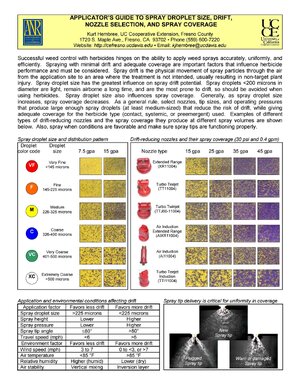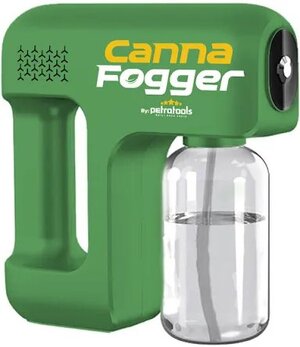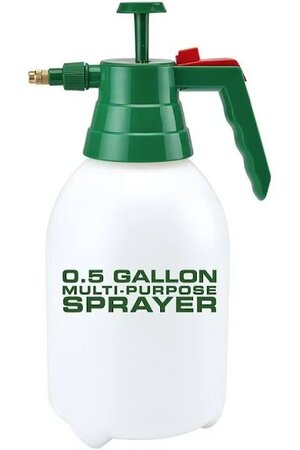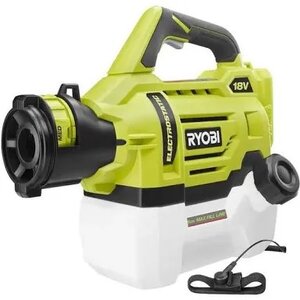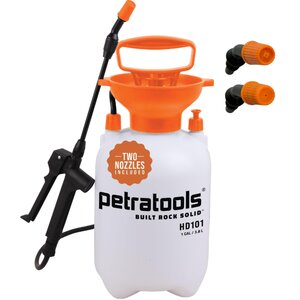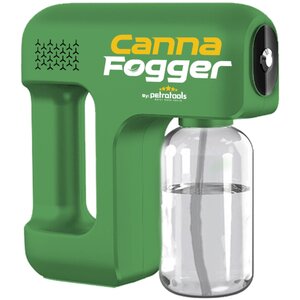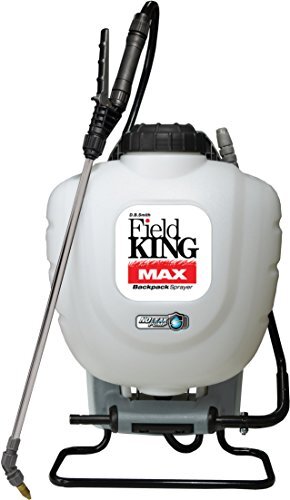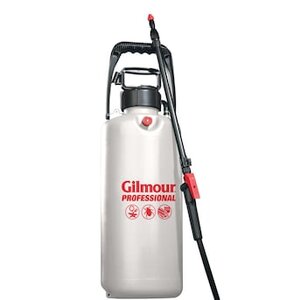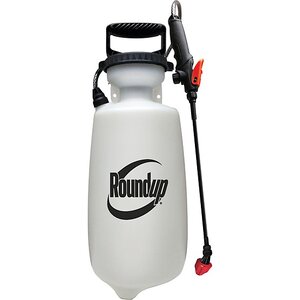Another article that is a little heavy on the science side, but a good one.
Foliar feeding has been the subject of much debate in recent years. The practice involves applying water-based fertilizers to the leaves of plants to enhance their nutritional status. Claims of yield increases up to 20 percent have been made based on the assumption that leaves are more efficient...

ipm.missouri.edu
I was looking at this section of bullet points specifically...
Additional points to consider when foliar feeding crops include:
- Foliar feeding the micro-nutrients appears to be much more effective than the macro-nutrients.
- If practiced, foliar feeding should be done when the air is relatively cool (around 72°F). For most summer crops this dictates early morning or late evening application.
- Do not apply foliar fertilizer to the point that droplets form on leaf surfaces—this encourages leaf burn.
- It is better to apply weaker concentrations of foliar feed more frequently than stronger concentrations less frequently.
- As with any new cultural practice, initiate foliar feeding on a trial basis first.
In short, foliar feeding is usually not the most cost effective method of supplying nutrients to plants. However, it has proven to be an effective method of treating certain nutrient deficiencies and (perhaps) boosting plant growth in times of stress. Growers wishing to initiate a foliar feeding program should research the subject well before proceeding.
‐‐----------------------------------------------------------------------------
Another article for review.
Foliar feeding is a method of fertilizing through a plant’s leaves. According to Amigo Cantisano, widely regarded as one of California’s most important proponents of organic farming, foliar feedin…

godtricity.com
Here is what was interesting...
Foliar feeding should be applied with a sprayer that can produce a mist for best results. The smaller the droplet size, the better the nutrients will absorb. Spray all surfaces of the leaves and stems.
You can use a surfactant, such as coconut oil or a mild soap (1/4 tsp. per gallon of spray), to ensure better coverage of the leaves. Otherwise the spray may bead up on the foliage and you won’t get as much benefit.
‐‐----------------------------------------------------------------------------
I Googled it again and Google said this...(I use DuckDuckGo typically.)
For effective foliar feeding, a droplet size of 200 to 350 microns is generally recommended. This range allows for good coverage and absorption of nutrients by the plant leaves. Avoid droplets smaller than 100 microns, as they may drift, and larger droplets (over 350 microns) may not be as effective due to potential runoff.
Elaboration:
- Droplet Size Matters:
The size of the droplets applied to plant leaves significantly impacts how well they absorb nutrients.
- Optimal Range:
A medium to slightly coarse droplet size, falling within the 200-350 micron range, provides a good balance between coverage, absorption, and minimal drift.
- Fine vs. Coarse:
Smaller droplets (under 100 microns) can be carried away by wind, leading to nutrient loss (drift). Larger droplets (over 350 microns) may not adhere well to the leaf surface and can run off, reducing effectiveness.
- Nozzle Choice:
The type of spray nozzle used is crucial in determining droplet size. Selecting a nozzle that produces the desired droplet size range is important for effective foliar feeding.
‐‐----------------------------------------------------------------------------
I attached a PDF that really takes a deep dive. The unfortunate part about this document is that it does not directly speak to "feeding". It also lacks direct pointers to the devices or mechanical parts needed to achieve the desired rates of flow, drift or droplet size that I am seeking.
‐‐----------------------------------------------------------------------------
Okay, enough for now. I will post any device or nozzle, etc., that meets the requirements based on this research. Please feel free to peer review and put ne on the correct path if I have been mistaken in my research and thank you.
Below is a screenshot of PDF, in case you don't want to open a PDF.
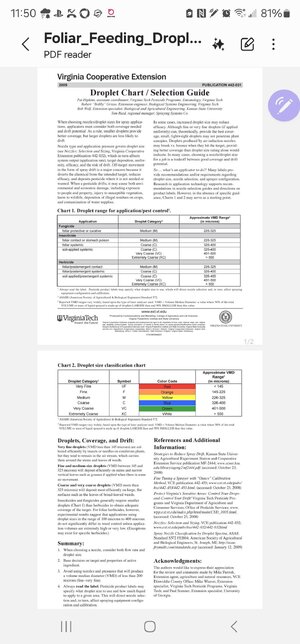
‐‐-------------------------------------------------------------------------
Here is another screenshot of nozzle selections...
